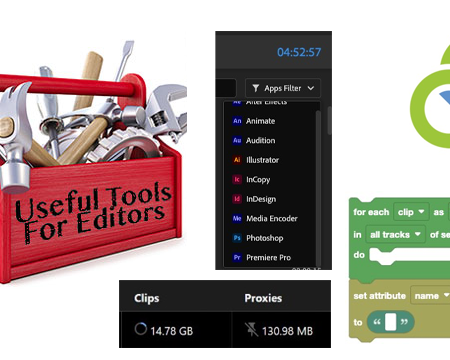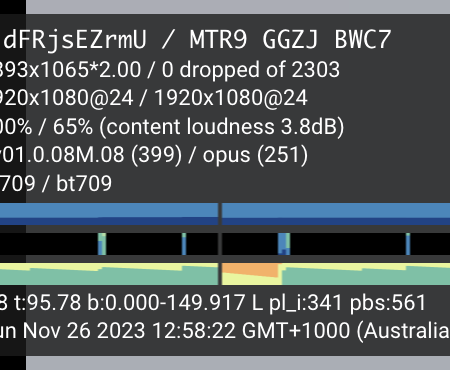Get ready to conquer the After Effects learning curve with this easy-to-follow guide to rendering and exporting your projects. We’ve all been there, staring into the void of confusion and defeat, wondering why the program seems to be working against us. But fear not, we’re here to help.
One of the biggest hurdles for new users is figuring out how to render and export their finished projects. But with our step-by-step process, you’ll be a pro in no time. Just remember, the settings you choose for your render are crucial to the final look and quality of your project, so it’s important to get it right.
First things first, let’s clear up some terminology. Rendering and exporting are often used interchangeably, but they actually refer to different processes. Rendering is the general process of exporting and encoding a video, while exporting specifically refers to preparing clips and effects and turning them into a new file.
To get started, you’ll need to use the Render Queue, which is where you’ll edit your video settings and render your final file. Don’t be intimidated by the multiple sub-menus, it’s easy to navigate once you know what you’re doing. Just remember to double-check that your Render Settings are on Best, and make any necessary changes in the Output Module and Output To sub-menus.
And if you’re wondering about pre-rendering, it’s a great way to take the load off your computer and improve performance. Just export a pre-composed section of your project as a video file, and it will play back at draft quality.
With this guide, you’ll be able to tackle the render and export process with confidence and ease. So don’t let After Effects get the best of you, take control and create your masterpiece. And if you’re hungry for more After Effects content, be sure to check out our other helpful articles.







